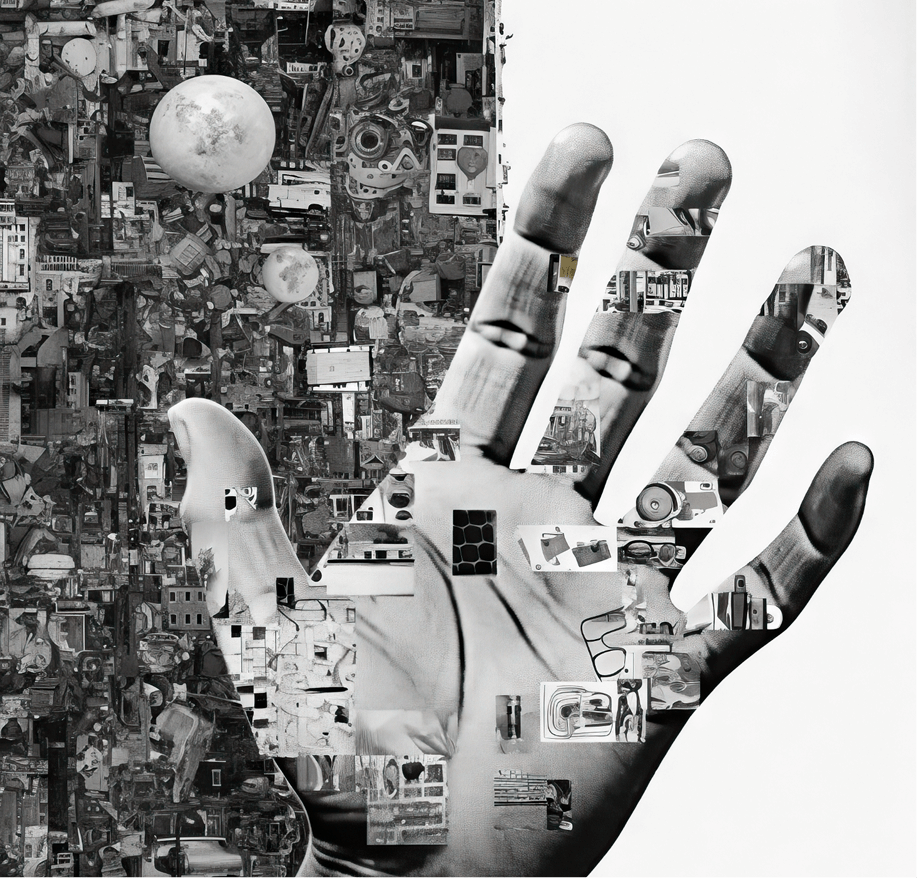Emerging Cybersecurity Threats
1. AI-Powered Cyber Attacks
Hackers are now using AI to create more sophisticated malware, automate phishing attacks, and bypass traditional security defenses. Advanced deepfake technology and AI-generated phishing emails make it increasingly difficult for businesses to detect threats.
2. Cloud Security Challenges
As more businesses migrate to the cloud, security risks increase. Common vulnerabilities include misconfigured cloud storage, exposed APIs, and inadequate identity management. Implementing Zero Trust Security is essential to mitigate cloud-based cyber threats.
3. The Role of DevSecOps in Modern Software Development
DevSecOps integrates security into every stage of the software development lifecycle, ensuring that applications are built with security in mind rather than as an afterthought. Companies that adopt DevSecOps practices reduce security risks and improve overall software resilience.
➡ At SPARQLEY NETWORK LIMITED, cybersecurity is a top priority. We integrate advanced security measures into our software development processes, ensuring robust protection against modern threats.

